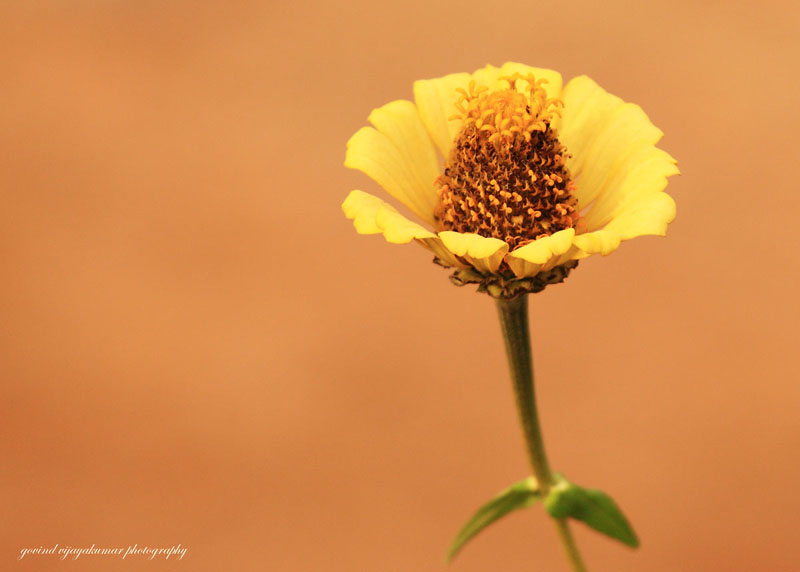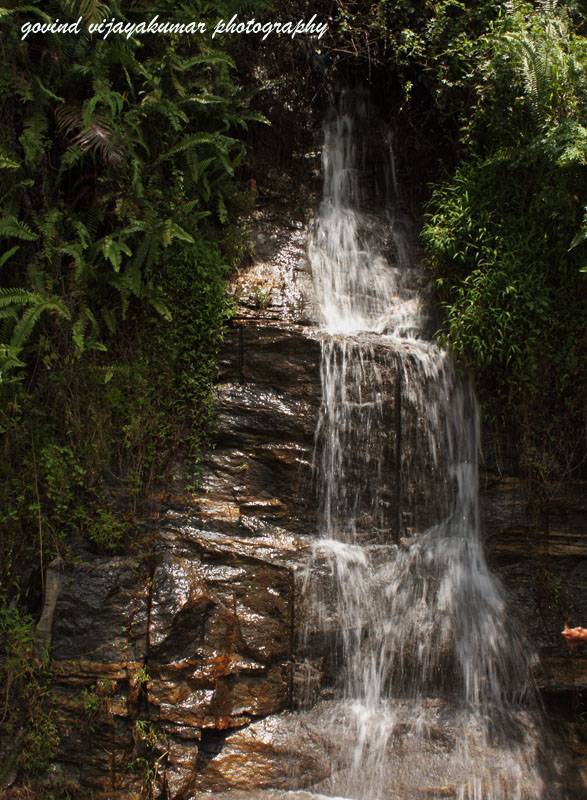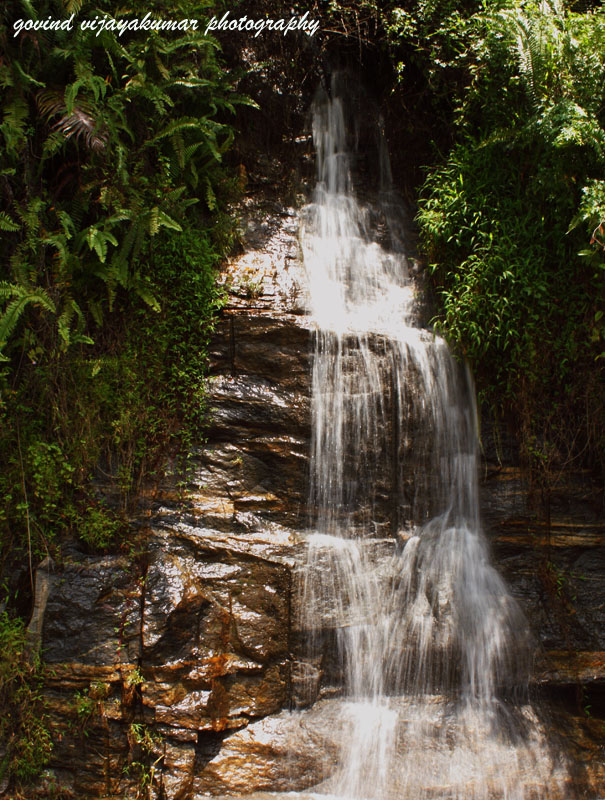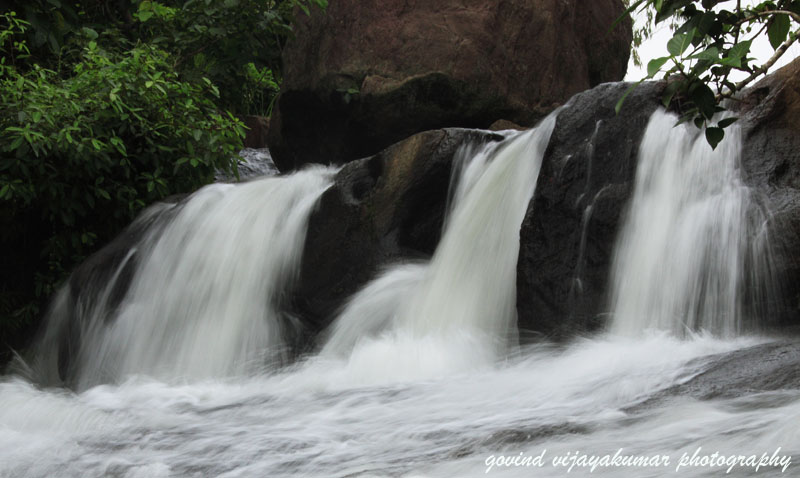Shutter speed in Photography- Beginners Guide
Shutter speed together with Aperture and ISO gives the exposure of the image. So, understanding shutter speed is essential to get the perfect photo. The right selection of shutter speed can help you to freeze the action as well as blur the motion.
Understanding Camera Shutter
In order to understand camera shutter in a better manner, let’s have a look at the different camera parts.
The camera starts from the lens in front, which contains the aperture, followed by the camera shutter. Finally, it is the camera sensor that records the image based on the incident light rays falling on to it.
In the case of a DSLR/ Mirrorless camera, aperture comes in the lens that is detachable. Camera body contains the shutter and the sensor.
So, before taking a snap, you need to set the desired aperture, shutter speed, and ISO values. The aperture will remain open for the set f-number. The shutter will open and close when you press the capture button, for the set duration of shutter speed.
What is Shutter speed?

Shutter speed is the speed at which your camera shutter opens and closes inside your camera body. It is also known as “Exposure time”. It can be defined as the time duration for which the reflected light from the subject falls on the camera sensor.
It is expressed as a fraction of seconds when the time duration of shutter opening is less than a second. Otherwise, it will be in seconds. Most of the DSLR/ Mirrorless cameras support a maximum speed up to 1/3200th of a second.
You can also do a long exposure photography by setting very slow shutter speeds . In such situations, it is recommended to mount the camera on a good tripod to avoid image blur.
Shutter speed & DOF (Depth of Field)
When you increase or decrease the shutter speed, you will have to decrease or increase the aperture accordingly to maintain the correct exposure settings. This change affects the Depth of field (DoF) of the image.
Faster shutter speed demands a larger aperture opening (smaller f-number), as a result of which you will get a shallow depth of field.
When you are doing landscape photography, you are interested in getting a wider depth of field. So, you will be using a smaller aperture. This situation demands for a slower shutter speed.
 Exposure: 1/500 s @ f5, ISO 200
Exposure: 1/500 s @ f5, ISO 200
In the above image, a higher shutter speed of 1/500 sec resulted in a shallow depth of field. So, only the flower is in focus thereby getting a nice background blur.
Fast Vs Slow Shutter speed
It is up to the photographer to choose a shutter speed. If you wants to freeze the motion, you can choose a higher shutter speed value. For dramatic images, you can go for lower values of shutter speed.
You need to use the manual mode or shutter priority mode in your camera to set your desired shutter speed.
If you shoot with your camera handheld then always follow the thumb rule, “Never select a shutter speed less than the selected focal length”. Otherwise, there can be some shake that will result in a blurry image.
So, when you are using a slower shutter speed, always use a tripod or keep the camera on a stable base. I also recommended to use a remote camera release like the wireless trigger or remote cable release or use the timer mode in your camera.
In order to understand the effect of slow and fast shutter speeds, have a look at the images below.
 Exposure: 1/20 s @ f20, ISO 200
Exposure: 1/20 s @ f20, ISO 200
 Exposure: 1/8 s @ f22, ISO 200
Exposure: 1/8 s @ f22, ISO 200
The first image is taken at 1/20 sec. The second image is captured at 1/8th of a second.
The slower shutter speed in the second image had made the image look more pleasing with the silky waterfall effect when compared to the first one. So, selecting the shutter speed is very important to get the right kind of feel to the image.
For a better understanding, consider reading this article, How to Shoot Perfect waterfalls.
Shutter speed and Motion
If you set the right value for the shutter speed then you can freeze the motion or depict motion in the photograph.
Sports and wildlife photographers needs to freeze motion most of the time. So, they normally go for shutter speeds of 1/500 and above.
If you want to portray motion like blurring of water or getting trails of light patterns then you can set a slower shutter speed in the range of ½ a second or less. This setting is mostly used by landscape photographers to blur the falling water in the scene and also by people interested in night photography to get the light trails and for filling the scene with more light. For such shots, you will definitely have to carry a tripod with you. These images will not look good if taken handheld.
 Exposure: 1/8 s @ f20, ISO 100
Exposure: 1/8 s @ f20, ISO 100
A slower shutter speed of 1/8th of a second was used for a silky smooth waterfall.
Bulb Mode
If you want to achieve shutter speeds longer than 30 seconds, then you will have to switch your camera to bulb mode. This mode is generally present in DSLR and Mirrorless cameras only.
Bulb mode demands more power. So, make sure that you have sufficient battery power before going for a shot in bulb mode.
Star trails, lightning, fireworks and light painting are captured in this mode. You can also use a battery grip if you are going to keep the shutter open for a very long time.
Effect of Shutter speed on Aperture & ISO
If you increase the shutter speed then you will also have to reduce the f-number and increase the ISO value too, to get a correctly exposed image. Otherwise, the image will appear dark and unclear.
So, before setting a high value of shutter speed make sure that you get the aperture and ISO values to get the correct exposure. There should be a perfect balance between these three parameters to achieve the best shot.
If you select a slower shutter speed then you will be able to select a lower ISO value and an appropriate lower aperture value. So, always remember, understanding the specification and capabilities of your camera is a must for getting good quality shots.


I have been reading your stuff PHOTOGRAPHYAXIS | Understanding Shutter speed and they are too much useful for me to learn something new and special.
Thanks Govind, your tutorials are very helpfull.I have a question.What is delighting and how it effect in photographs.